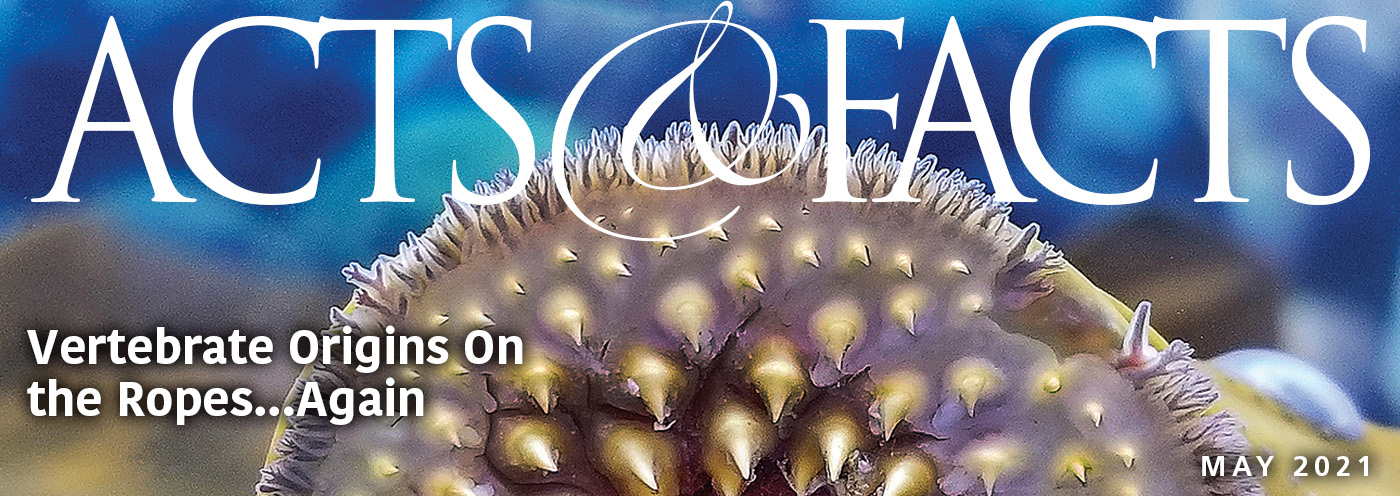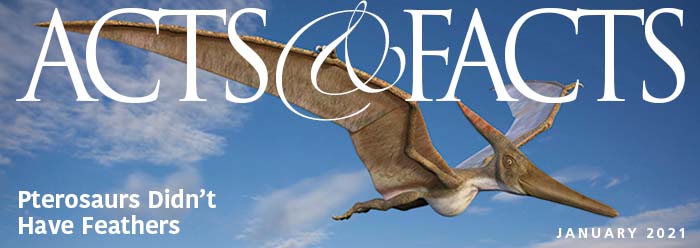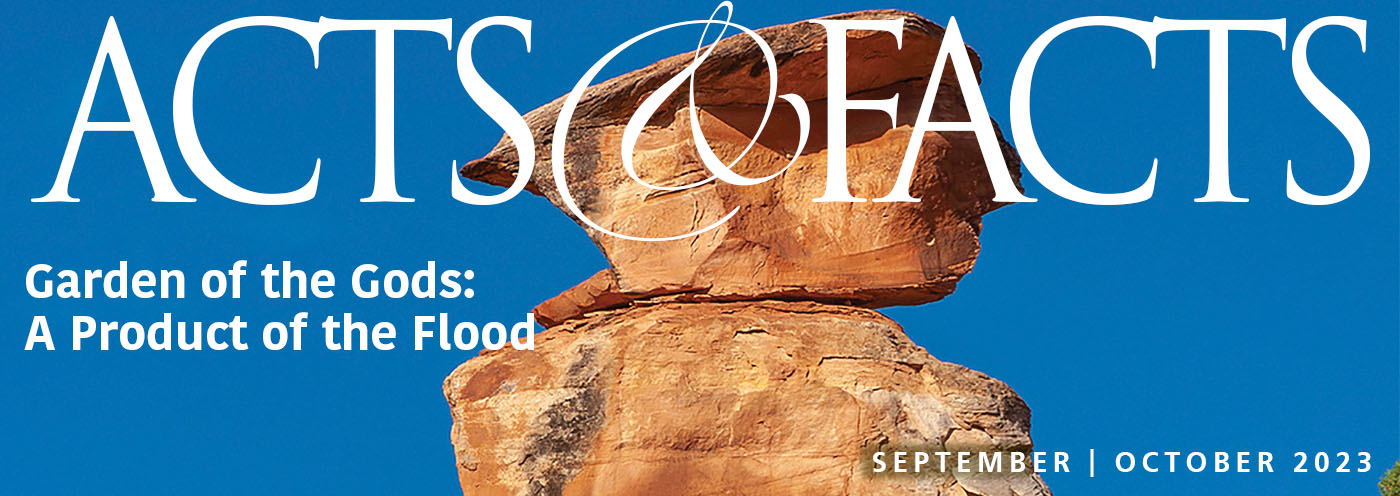My years at ICR have been punctuated by numerous creation/evolution debates, but actually my first such debate came as a sophomore in high school. When the issue came up, I was selected to "debate" the class evolutionist.
My opponent began her presentation by defining evolution as simply "change over time." She documented many examples of change in non-living things as well as plants and animals. Even people change over time. We are, on average, taller than our ancestors just a few generations ago. As a population certainly we age. No one could dispute that these changes have occurred, thus she had "proven" that evolution had occurred.
And therein lies the crux of the matter. You simply must define terms carefully. Evolution in the meaningful sense implies big changes, like a fish turning into a person. Has this happened? Do the small changes we observe over time add up to the big changes needed by evolution? Did a single-celled organism become a marine invertebrate, then a fish, then an amphibian, then a reptile, then a mammal, then an ape-like ancestor then a person? These truly big changes must have occurred if evolution really accounts for all of life.
It's instructive to try to imagine what must happen to turn a cell into an invertebrate, or a worm into a fish, or a fish into an amphibian, etc. List the structural changes needed. A cell doesn't have the genes needed to produce even a simple nodal chord, nor does a fish have the genes to produce legs. This extra genetic information must be added from some external source, but science knows of no such source. Mutations do produce novel genetic changes, but never has a mutation been known to add coded information to an already complex DNA system. On the contrary, it usually and easily causes a deterioration of the information present in the DNA. For random mutations to add the information for a leg where there is none is asking a lot, in fact, asking too much. Never has a helpful mutation been observed, yet trillions are needed.
Listing all the differences between a fish and an amphibian, or a reptile and a bird, or reptile and mammal helps to clarify the immensity of evolution's task. Not only are there skeletal changes, but think of the totally new organs needed, different reproductive systems, altered respiratory and cardiovascular make-up, thermal schemes and on and on.
Step back and take a look at the big picture. Evolution, as a concept of everything, is worse than non-science, it is nonsense. The highly complex information laden DNA code cannot yet even be read by today's genomists. How could it have written itself by chance mutation or genetic recombination. Surely some things simply cannot be.
When a vote was taken as to who won the debate, I came out on top 32-1. The lone vote for evolution was an exchange student from Marxist China, and even he admitted I had the better arguments. He just didn't dare vote against the party line.
Maybe that's the key. It takes a prior, gut-level commitment to evolution to continue to favor it in spite of the weight of evidence to the contrary.






